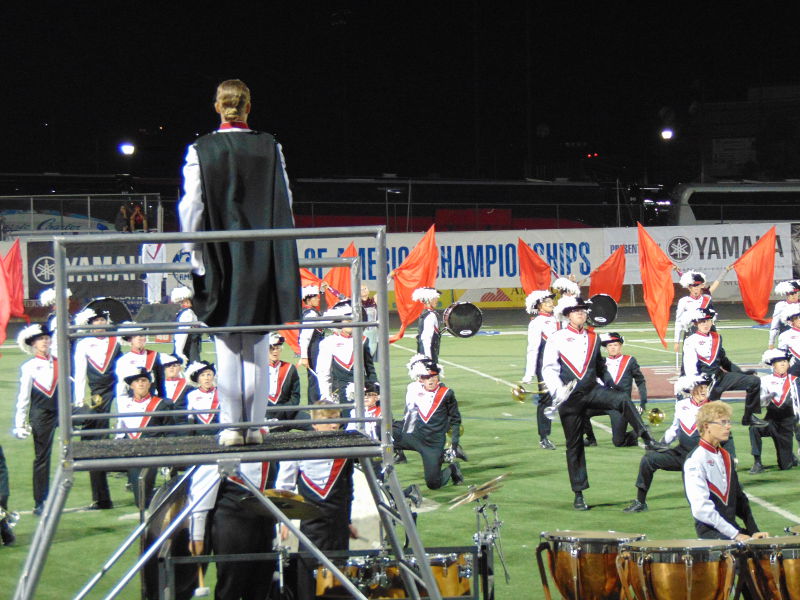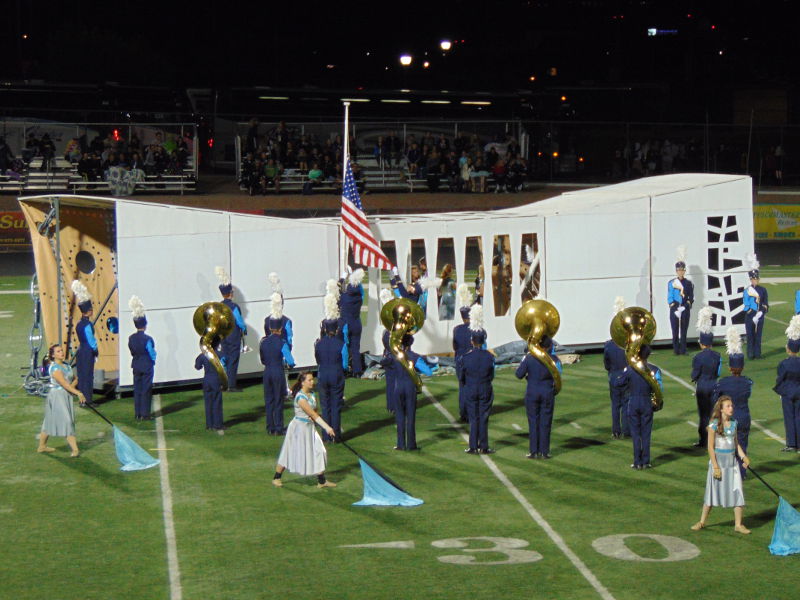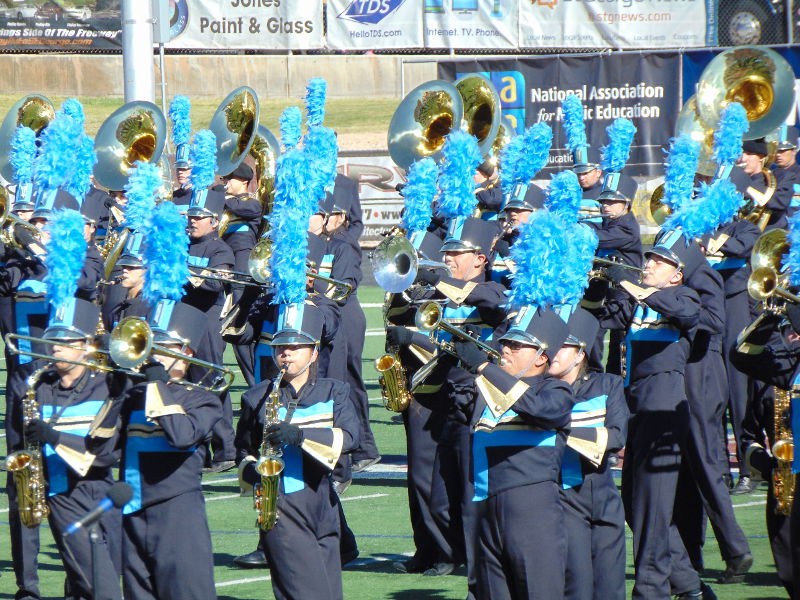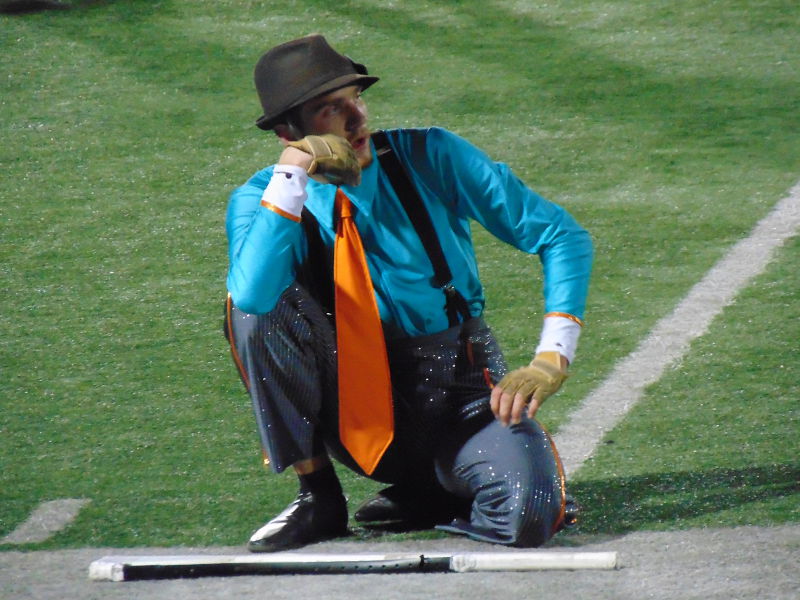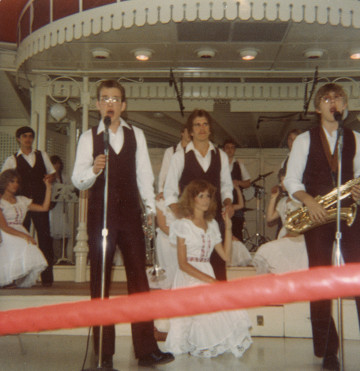This post concludes my essay on writing what I believe and writing what I love. In the first part I explained that it includes reading what I love, and that includes long novels. In the second part I wrote of hope and of young people who restore my hope. This concluding part touches on my reasons for choosing to write what I write, with thoughts about my audience and what it is that I am writing.
Writing My First Novel
Something else happened in those months of filmmaking, which has directly influenced my aspirations as a writer. May I hazard another metaphor? (I can hear you saying, “Not if you’re asking permission first.” Forsooth.)
I used to prefer watching high school marching band performances from high in the stadium, where patterns and formations are clear. In making that film, I learned to prefer a closer view. Now I want to be in the front row, if they won’t let me on the sideline. I like to watch individual performers, and I think I’ve figured out why.
Hidden in Plain View
In helping to make that film, I peered behind the scenes for months, firsthand and by watching many hours of raw video footage. I discussed the marching band experience at length with dozens of students, parents, and staff, mostly one at a time. I asked ninth graders and seniors alike why they joined the band and why they stayed in it when the marching got rough. I recalled my own band experience (though darkly, through the glass of decades). And I spent hours and hours with a couple of talented filmmakers, as we tried to do justice to it all in 80-plus minutes of sights and sound and words.
You can watch our film if you wish; I still enjoy it. But the hours of interviews we left on the cutting room floor affected me as much as the fragments we could include.
In that process I learned to see beauties beneath and behind (if they are not actually not beside or before) the visual and musical beauty of the show. True, each person’s performance is part of the whole, and great effort goes into uniformity of appearance, movement, and sound. But these youth are more than cogs in a machine, if you approach closely enough and watch them long enough and strive to have eyes to see.



